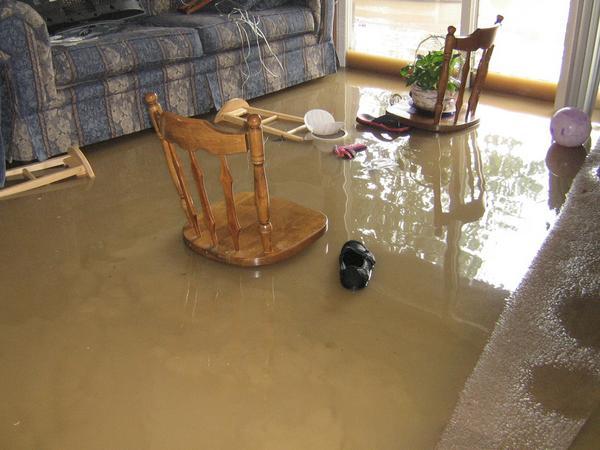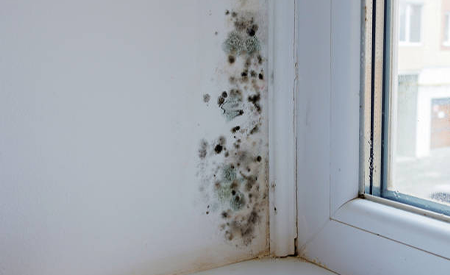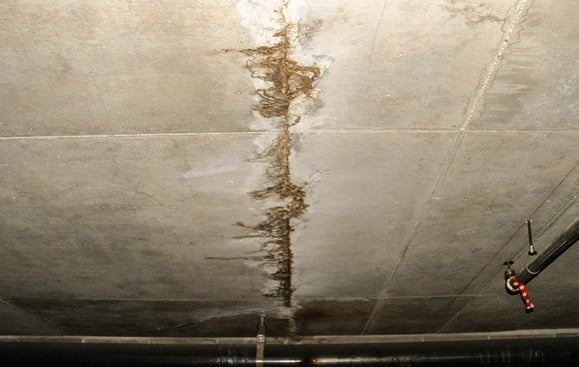Water Damage Cleanup Experts Offering Prompt and Efficient Solutions
The Process of Water Damage Clean-up: Ensuring Your Home Is Recovered Efficiently
Water damage can be a daunting difficulty for property owners, necessitating a careful and structured cleanup procedure to bring back safety and security and capability. Originally, a comprehensive evaluation is vital to recognize the level of the damages and determine the appropriate removal actions. Following this, effective water removal strategies play an essential role in reducing additional damage. The nuances of drying out, sanitizing, and ultimate remediation are just as crucial and usually ignored. Recognizing these stages can make a significant difference in the end result of your home's reconstruction, motivating a closer check out what each step entails.
Assessing the Damages
Upon uncovering water damage, the primary step is to completely assess the level of the influence. This initial analysis is important, as it assists identify the essential steps for reliable cleanup and repair. Begin by inspecting the impacted locations, consisting of walls, ceilings, floorings, and personal possessions, to determine the resource of the water breach, whether from flooding, leakages, or condensation.
Recording the damages is necessary for both insurance policy claims and preparing remediation initiatives - damage restoration services. Usage photos and written notes to capture the seriousness of the damages, keeping in mind any damaged architectural components and materials. Pay special interest to areas that may not be promptly noticeable, such as behind walls and under rugs, as concealed dampness can cause further issues, including mold and mildew growth
Additionally, evaluate the timeline of the water direct exposure. Ultimately, a thorough assessment lays the groundwork for a successful water damages cleanup procedure, guaranteeing that all affected areas are attended to properly and extensively.
Water Removal Techniques

Experts typically use completely submersible pumps for bigger volumes of water, which can promptly minimize flooding in basements or other influenced locations. For smaller sized amounts, wet/dry vacuum cleaners are often used to extract residual wetness from carpetings and hard surfaces. In addition, using portable extractors enables for targeted removal in confined rooms or locations with fragile materials.
In instances of contaminated water, such as sewage or floodwater, advanced extraction methods might involve making use of biohazard tools to guarantee security and compliance with wellness policies. High-powered extraction devices are crucial in decreasing water retention in structural products, which can lead to mold development and structural damage if not dealt with immediately.
Inevitably, the performance of water extraction strategies plays a crucial duty in the overall success of the water damage clean-up process, laying the groundwork for subsequent restoration initiatives.
Drying and Dehumidification
Once standing water has been effectively drawn out, the following critical phase in the water damages clean-up process is drying out and dehumidification. This action is vital to protect against more damage and mold and mildew growth, which can take place within 24 to 2 days in damp environments.
To attain efficient drying out, specialized tools such as industrial-grade air moving companies and dehumidifiers is employed. Air moving companies circulate air throughout damp surfaces, improving evaporation prices, while dehumidifiers decrease humidity degrees airborne, promoting a favorable setting for drying out. The mix of these devices guarantees that wetness is extracted from home furnishings, wall surfaces, and floors, enabling them to dry thoroughly.
It is vital to keep track of the drying out procedure closely. Experts usually make use of dampness meters to examine the wetness content in different products, ensuring that all affected locations reach appropriate dry skin levels. This meticulous approach assists to avoid covert wetness pockets that can lead to structural damage or undesirable mold and mildew growth.

Cleaning and Sanitizing
After the drying out and dehumidification stage is full, the following vital action in water damages cleanup is cleaning and sterilizing the impacted areas. This procedure is essential to avoid the growth of mold and mildew, germs, and various other virus that prosper in moist environments.
The cleaning phase typically involves eliminating any debris, dirt, and impurities from surface areas using specialized cleansing representatives. For tough surfaces, a combination of soap and water or commercial cleansing products is typically used. Soft materials, such as upholstery and carpets, might need extra comprehensive cleaning techniques, including vapor cleansing or More Help deep removal techniques, to ensure comprehensive hygiene.

Sterilizing follows cleansing, using EPA-approved anti-bacterials to remove unsafe bacteria. This step is crucial, particularly in locations that may have come right into contact with floodwaters or sewer, as these sources can present serious health threats.
Furthermore, it is essential to attend to any kind of remaining odors, which might need making use of odor neutralizers or sophisticated strategies like ozone treatment. Proper cleaning and sterilizing not just bring back the safety and security and hygiene of your home yet additionally prepared for effective restoration and fixings in succeeding phases of the water damages cleaning process.
Reconstruction and Repair Services

As soon as the evaluation is full, repair initiatives can begin. This usually includes fixing or changing broken products, ensuring that all work follows neighborhood building ordinance and criteria. If drywall has been compromised, it will certainly require to be eliminated and replaced with new product. In addition, flooring may require similar interest, depending on the level of water direct exposure.
It is vital to involve skilled reconstruction specialists during this procedure, as they have the know-how to manage link intricate repair work successfully. Furthermore, they can aid minimize prospective future issues, such as mold growth or structural instability, thus making certain a habitable and safe living atmosphere. Inevitably, reliable restoration and repair services restore the home's integrity and boost its overall worth.
Final Thought
In final thought, the procedure of water damages cleaning is vital for bring back a home to its pre-damage problem. Each stage, from examining the damage to carrying out reliable water removal strategies, followed by comprehensive drying, sanitizing, and required fixings, plays a crucial duty in making certain safety and compliance with building standards. Efficient execution of these actions not just minimizes immediate damage however likewise boosts the long-lasting integrity and value of the building.
Water damage can be an overwhelming challenge for homeowners, necessitating a meticulous and structured clean-up procedure to bring back safety and performance. Ultimately, an extensive assessment lays visit site the foundation for a successful water damages clean-up process, making certain that all impacted locations are addressed properly and extensively.
Reliable water removal techniques are essential in mitigating damage and avoiding more difficulties following a water breach event.In conclusion, the procedure of water damages cleaning is important for restoring a home to its pre-damage condition. Each phase, from evaluating the damage to carrying out efficient water removal techniques, followed by thorough drying out, sanitizing, and necessary fixings, plays an essential role in making certain security and conformity with building requirements.